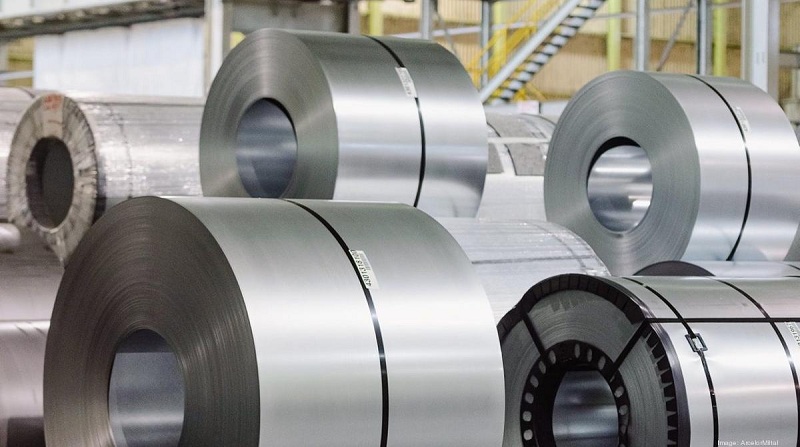
Stainless steel, including duplex stainless steel and super duplex stainless steel, brings significant economic benefits to the offshore oil and gas industry. Compared with other materials, it is lighter in weight, stronger in strength, stronger in corrosion resistance and lower in life cycle cost. Offshore projects are extremely important for the global production and processing of hydrocarbons. In some of the most extreme environments, offshore production accounts for nearly 30% of global oil production. However, the salinized Marine environment requires high safety and life standards for offshore platforms. Infrastructure for Marine and offshore applications is often vulnerable to large amounts of air - and water-borne salts, and ordinary carbon steel structures are often corroded and require regular maintenance and maintenance.
Stainless steel, on the other hand, is a reliable guarantee of strong material choice for heavy offshore installations. The metal's inherent corrosion resistance provides a high strength-to-weight ratio for infrastructure, even in Marine and coastal environmental conditions. Stainless steel also ensures a long design life and an impressive resistance to extreme pressures and temperatures. Notably, by using stainless steel, the expected service life of offshore structures can be increased by nearly five times compared to their competitors.

SS316L is the primary austenitic stainless steel used in offshore installations to increase strength at high temperatures and protect structures from severe acidic environments. Austenitic steel containing 6% molybdenum is usually used in permanent immersion in seawater environment. However, due to global nickel price fluctuations over the past few years, duplex stainless steel has widely replaced austenitic steel grades. Duplex stainless steel offers an excellent combination of mechanical properties and stress corrosion cracking resistance, making it ideal for offshore applications. UNS S32205 is the most commonly used duplex stainless steel for offshore installations. Although duplex stainless steel is prominent in offshore heavy installations, the new generation of super duplex stainless steel is comparable to austenitic stainless steel in its resistance to seawater corrosion. In addition, the mechanical properties of these steel grades are significantly improved compared to duplex steel. These super duplex steels are characterized by high levels of nitrogen, chromium, molybdenum and nickel, which help improve their resistance to pitting and crevasse corrosion. Examples include the UNS S32750 and UNS S32760 steel grades, which are used for underwater components in more aggressive offshore installations.
The applications of stainless steel at sea are mainly pipelines and grilles for oil transmission, sewage and drainage of underwater components, risers for oil transmission platforms, heat exchangers for ships and coastal power plants, and equipment installed on hulls. Platform structure components pump, winch, storage tank, process container, explosion door, umbilical pipe, steel bar, cable bridge, stairs, pedals, pedestrian passage, gas cooler, gravity separator, etc. Ship deck components, such as ship deck holes, anchor brackets, carabiners, etc. Shore (on land) handrails, ladders, lampposts, etc.
Corrosion has become a major obstacle for the offshore oil and gas industry. Today, many corrosion-resistant stainless steel alloys have been developed, and the value of duplex stainless steel in offshore applications is obvious. With their low nickel content, these high-end duplex stainless steels are ideal for developing India's maritime landscape. Given India's growing fuel demand, the country needs to build dynamic coastal and offshore infrastructure for offshore projects. This will include building offshore platforms and related logistics, including assistance to coastal infrastructure. Furthermore, as a metal, stainless steel is a model for achieving sustainable and clean energy production. Encouragingly, Indian industry is self-sufficient in developing stainless steel for a wide range of applications.
Application of Oriented Silicon Steel Sheets in Transformers
2025-10-14The difference between 200, 300 and 400 series stainless steel
2023-10-092,700 Tons Steel Transported from Ningxia to Countries along “Belt and Road”
2020-11-09Stainless Steel Decorative Plate Classification
2023-02-22Analysis of influencing factors of passivation film on stainless steel surface
2024-04-08Stainless Steel Water Pipes: Mainstream Trend for Home Improvement Water Pipes!
2020-11-24






